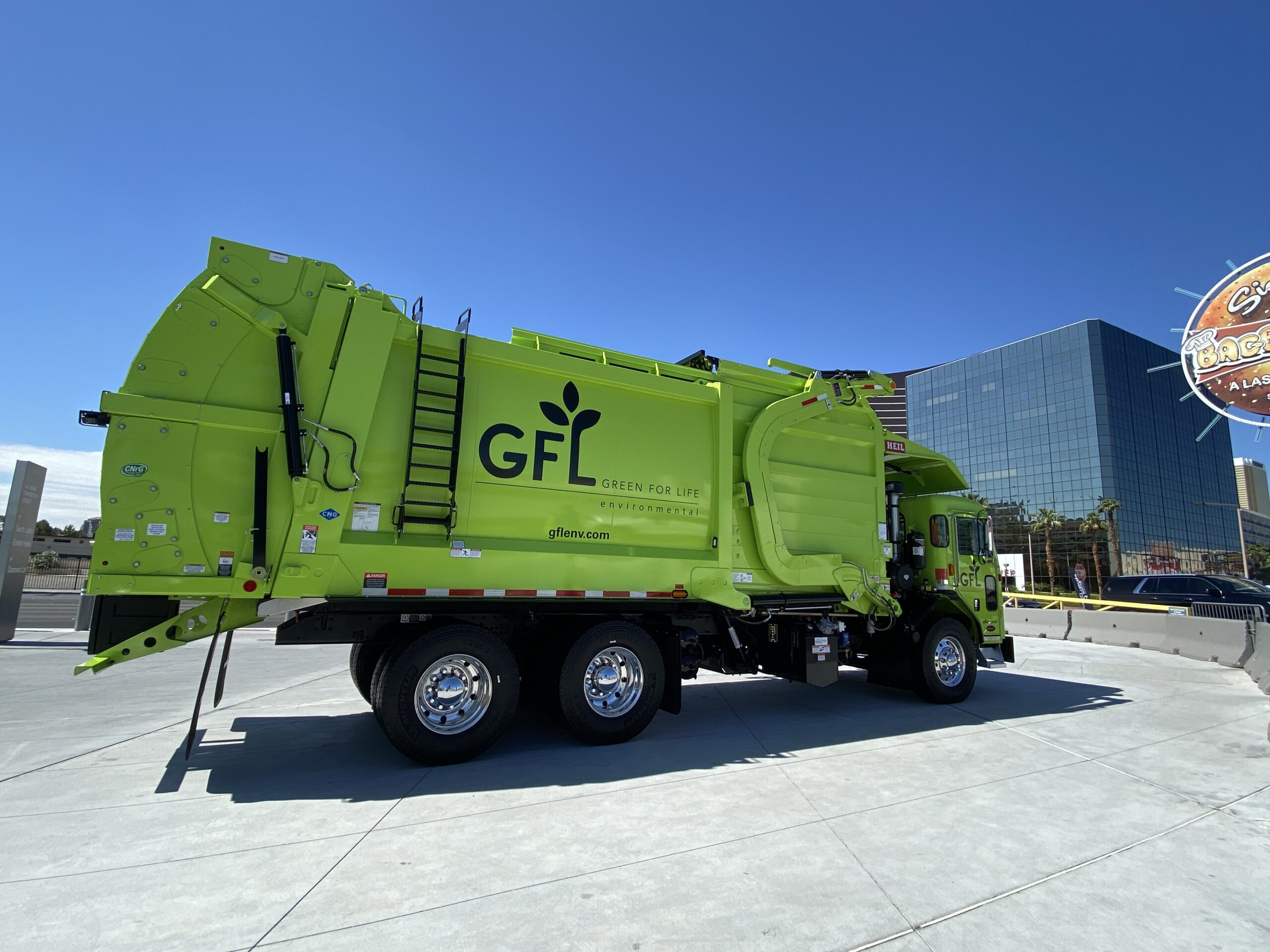Cross-contamination is a serious issue when it comes to catering and running a restaurant. Not only do different types of food have different types of bacteria such that if a cooked food and a raw food cross-pollinate, bad bacteria might not be killed by cooking, thus getting patrons ill, but also bacteria multiply between 40-140°F. So given the right temperature and amount of moisture, these single-celled organisms can multiply furiously to levels that cause grave illness and, at times, hospitalization.
There are many protocols that professional chefs should take during food preparation: covering raw foods, storing cold foods quickly in proper temperatures (38°F is the standard for commercial kitchens), and separating cutting boards and utensils so that raw meats and poultry, fish, breads and pastry, and fruits and vegetables each get their own stations.
Fun fact: your kitchen sink has more E. Coli growing in it than your toilet. Cleaning the sink often with hot water and some kind of disinfectant is another critical step in preventing cross contamination, as is the frequent washing of hands since hands are vectors for pathogen distribution.

Cross contamination can also occur if you touch raw meat before touching raw produce. Wiping your hands on a hand towel or apron between different food handling tasks or using unclean equipment to cut or prepare food are also big no-no’s. Never use bare hands to serve foods, and never serve two different foods with the same tongs, gloves, scoops, or sheets. This can be critical also for people with nut allergies.
Even though you should not rinse meat, since that splashes bacteria throughout the sink and counter, you should rinse your fruits and vegetables so that when you slice them, you don’t introduce bacteria from external rinds and peels into the edible portion of the food. Also, reject using any food that shows any sign of pest infestation, and do not serve or consume any food that comes from rusted or swollen cans. Swollen cans are particularly dangerous as that is a sign of botulism toxin, one of the most deleterious and fatal bacteria known to man (but also used in Botox treatments, which might tell you something about whether or not Botox is really all that safe).
When it comes to kitchen cleanup after the event, everything in the kitchen needs to be cleaned with hot, soapy water. Sponges and rags used for cleaning the counters and equipment should not be used for washing dishes. PopUp CleanUP uses color coded rags and microfiber towels to make sure that a rag used on one piece of equipment (such as the stove) isn’t used to clean high touch surfaces like drawer handles, drink dispensers, light switches, and microwave buttons, each of which should be wiped with a clean, sanitized rag and disinfectant.
All food-related laundry must be cleaned on a hot water cycle (cold does not kill bacteria) and all utensils and equipment should be stored properly after a thorough hot water and soap cleaning.
Incorporating UV Light disinfection systems into the cleaning provide an added level of protection to kitchen cleaning. If you have an event that involves kitchen cleaning, PopUp CleanUP can offer deep cleans using proper precautions to prevent cross-contamination and keep your guests and employees safe.



